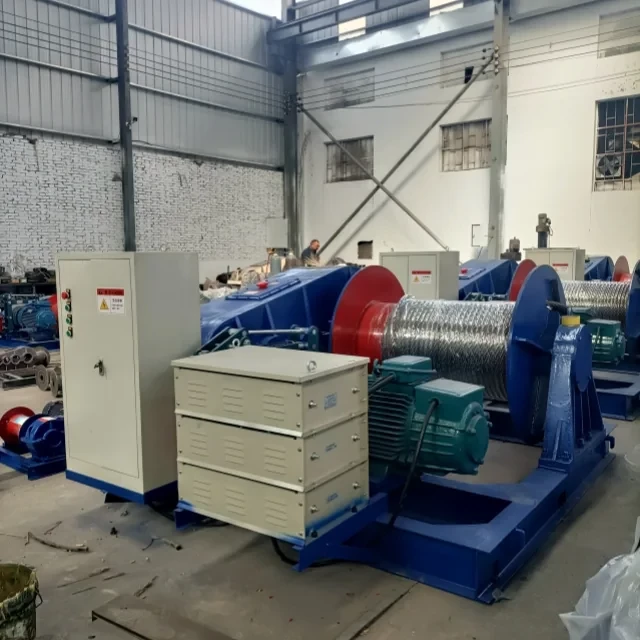For maritime professionals, anchor handling remains one of the most physically demanding and hazardous tasks. Traditional methods expose crews to unnecessary risks while limiting operational flexibility. This article explores proven strategies to mitigate these challenges through automation—delivering measurable improvements in safety, compliance, and cost efficiency.
Mitigating Risks in Maritime Anchor Operations
Physical and Operational Hazards of Manual Handling
Manual anchor deployment requires crews to:
- Work on slippery decks exposed to waves and weather
- Handle heavy chains under tension (a leading cause of crush injuries)
- Make repetitive lifts that contribute to long-term musculoskeletal damage
Did you know? Over 60% of deckhand injuries occur during anchor operations, according to maritime safety audits.
Technological Solutions for Anchor Management
Modern winch systems address these risks through:
-
Remote Operation Capabilities
- Eliminate the need for crew members to stand near moving chains
- Enable precise control from sheltered positions
-
Intelligent Load Management
- Hydraulic systems automatically adjust tension to prevent overloads
- Fail-safe brakes engage during power loss or emergency stops
-
Ergonomic Design
- Reduced physical strain allows solo operators to manage anchors safely
- Enables frequent repositioning to optimize fishing or drilling locations
Regulatory Compliance and Best Practices
Automated systems help vessels meet:
- IMO guidelines for workplace safety
- OSHA standards on heavy equipment operation
- Class society requirements for emergency stop systems
Pro Tip: Look for winches with ISO 9001 certification—a reliable indicator of built-in safety protocols.
Cost-Benefit Analysis of Automation
Reducing Human Error with Smart Winch Systems
Automation minimizes:
- Deck collisions caused by inaccurate drop positioning
- Chain entanglement through controlled deployment speeds
- Equipment damage from sudden load shifts
Case Study: A North Sea trawler reduced anchor-related repairs by 78% after switching to automated winches.
Long-Term ROI of Automated Anchor Systems
While initial investment ranges from $15,000-$50,000, operators typically see:
| Cost Factor | Manual Handling | Automated System |
|---|---|---|
| Crew Injuries | High insurance claims | Near-elimination |
| Maintenance | Frequent chain/winch repairs | Predictive alerts reduce downtime |
| Fuel Efficiency | Inconsistent anchoring wastes fuel | Optimal positioning saves 5-8% annually |
Ever considered this? The ability to anchor precisely over fishing hotspots can increase catch rates by 20%—directly boosting revenue.
Conclusion: Anchoring a Safer Future
Transitioning to automated winch systems isn’t just about replacing manual labor—it’s about fundamentally rethinking maritime workflows. Brands like Garlway now offer solutions that:
- Protect crews through engineered safety features
- Enhance productivity with precision control
- Future-proof operations against tightening regulations
Next Steps:
- Audit current anchor handling procedures for risk hotspots
- Compare winch models based on vessel size and operational needs
- Train crews on automated system maintenance for maximum longevity
By prioritizing smart technology today, maritime operators can secure immediate safety gains while building a foundation for sustainable efficiency.
Related Products
- Small Electric Winch 120V and 240V for Compact Applications
- Heavy Duty Electric Boat Winch Windlass Anchor
- Warn Winch Windlass Boat Trailer Winch
- Electric 120V Boat Winch by Badlands
- Ready Mixer Machine for Construction Ready Mix Machinery
Related Articles
- How Hoists Transform Heavy Industries: Mining, Ports & Construction Efficiency
- How Winches Mechanize Material Handling to Cut Costs and Speed Up Work
- How Winches Work: The Mechanics Behind Safe and Efficient Load Handling
- How to Choose Between Single-Drum and Double-Drum Electric Winches for Your Industry
- How to Choose and Optimize Winches for Real-World Applications







